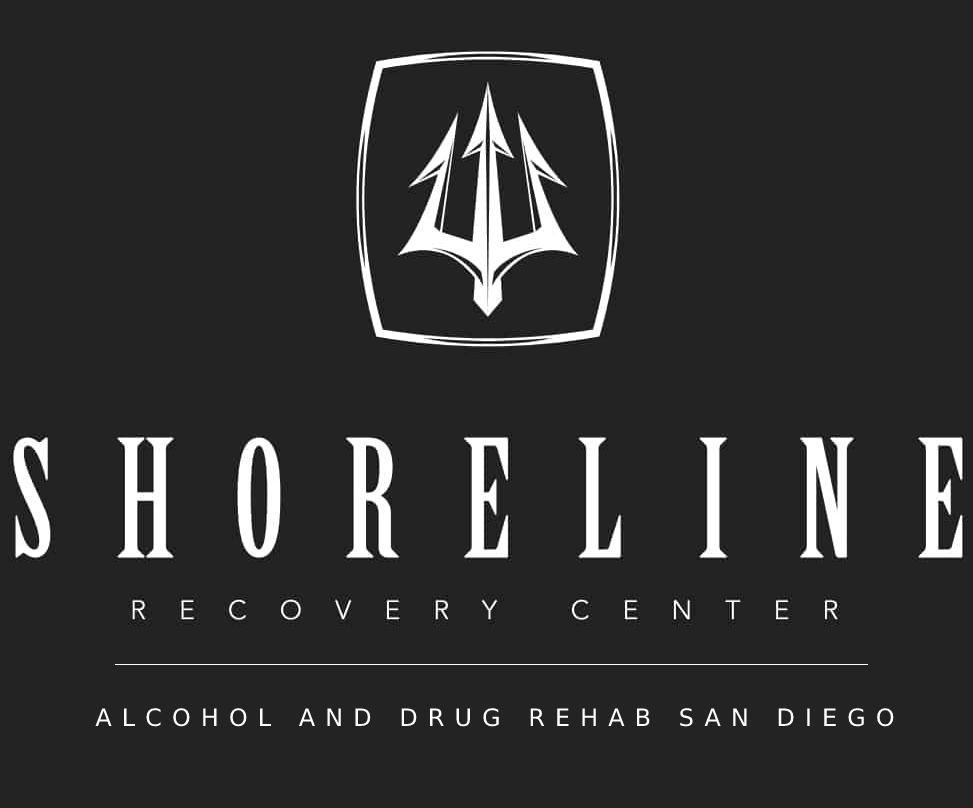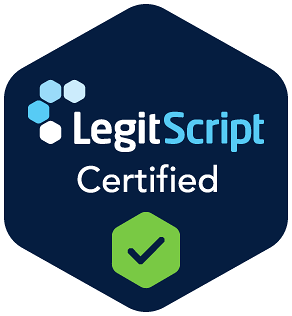Part of the recovery process for mental health disorders is being able to understand your mental illness. For people diagnosed with an anxiety disorder, this may include knowing your triggers, identifying the sources of your anxiety, and knowing what type of anxiety you have. Different types of anxiety may require a different focus in therapy and sometimes even different treatments. Cognitive-behavioral therapy (CBT) and medication-assisted treatment (MAT) are used to treat most types of anxiety disorders, but depending on a person’s specific diagnosis, it may be helpful for the person to receive other types of treatments along with both CBT and MAT.
While anxiety disorders used to include obsessive-compulsive disorder (OCD) and post-traumatic stress disorder (PTSD), these disorders are no longer considered a type of anxiety disorder in the updated fifth edition of the Diagnostic and Statistical Manual of Mental Disorders (DSM-5).
Generalized Anxiety (GAD)
Generalized Anxiety Disorder (GAD) is the most common type of anxiety disorder and is characterized by excessive worry or anxiety about specific objects, events, or situations that are disproportionate to the actual danger or impact they have on the person. Symptoms of GAD may be physical, psychological, or a combination of both. Psychological symptoms may include excessive worry or anxiety about a situation, event, or object; avoidance of specific triggers that cause anxiety; planning worse case scenarios; and difficulty concentrating and letting go of thoughts. Physical symptoms of GAD may include difficulty sleeping, trembling or shaking, muscle tension, sweating, nausea, diarrhea, and rapid heartbeat.
Phobia and Specific Phobia Disorder
Phobia is a type of anxiety disorder where a person may experience a strong, irrational fear, real or imagined, disproportionate to the actual danger presented by that object, situation, or event. Phobias can be separated into different types of Specific Phobias, which are split up into five categories: animal type (e.g., spiders, insects, dogs), natural environment type (e.g., heights storms, water), blood-injection-injury type (e.g., needles, medical procedures), situational type (e.g., airplanes, elevators, small spaces), or “other type.” A person with phobia disorder may understand that their fears are irrational, but the thought of even facing the feared object, situation, or event brings on immense anxiety.
Social Anxiety Disorder (Social Phobia)
Social anxiety disorder, also known as social phobia, is when a person feels extreme fear or anxiety in some or all performance or social situations. This intense fear can interfere with the daily functions of the person’s life. They may avoid situations that give them anxiety or obsess over an event or situation for weeks before it occurs. A person with social anxiety may experience anxiety symptoms when meeting new people, dating, giving a presentation for class or work, attending large gatherings, job interviews, or even something as simple as talking to a waitress at a restaurant.
Social anxiety can also be caused by fear of performance, resulting in the person experiencing anxiety symptoms when dancing, singing, playing an instrument on stage, or anything that causes the person to feel like he or she is in the spotlight and everyone is watching. In both cases, the person avoids social or performance situations because of an intense fear of being rejected, embarrassed, or judged.
Panic Disorder
A panic attack is the onset of unexpected, intense fear that may last several minutes and have no specific trigger. Panic attacks usually involve experiencing the physical symptoms of anxiety, such as fast heart rate, sweating, difficulty breathing, and shaking or trembling. A person experiencing a panic attack usually has feelings of losing control or impending doom.
While people without a panic disorder may experience panic attacks as a symptom of another anxiety disorder or from everyday anxiety, people with panic disorder spend an absorbent amount of time obsessing over when their next panic attack may strike. This could lead to the person avoiding places or situations that causes him or her to have panic attacks and may lead to agoraphobia.
Agoraphobia
Agoraphobia is when a person has an intense fear of being in a situation in which they cannot escape. Examples of agoraphobia may include being afraid of enclosed spaces, standing in long lines, using public transportation, big crowds, or being outside of the home. A person with agoraphobia may fear these situations because they’re afraid they’ll be trapped or fearful of having a public panic attack.
Separation Anxiety
Separation anxiety is when a person experiences intense fear or anxiety when separated from a person of attachment. This is more common in young children but can also be experienced by adults. Often the person will experience separation anxiety in fear that the person is unsafe or in some type of danger. While a child will feel separation anxiety when separated from their parents, adults may experience separation anxiety when separated from a spouse, child, or significant person in his or her life.
Understanding your anxiety can help you make a more informed decision on treatment. Even with these categories of anxiety disorder, there is no one size fits all solution, and even individuals with the same type of anxiety will experience it differently. At Shoreline Recovery Center, we understand the importance of finding a treatment plan that is unique to your needs, skills, and experiences.
Our professionals are dedicated to working closely with all our patients to understand how their anxiety disorder specifically affects them and devise the best possible treatment approach that fits each client’s unique needs. Since everyone experiences anxiety differently, we acknowledge that each person must recover at their own pace. At Shoreline, we offer different types of treatments, such as cognitive-behavioral therapy (CBT) and medication-assisted treatment (MAT). We are eager to help you find the treatment that is right for you. Please call us at (866) 278-8495 to learn more about our programs.







